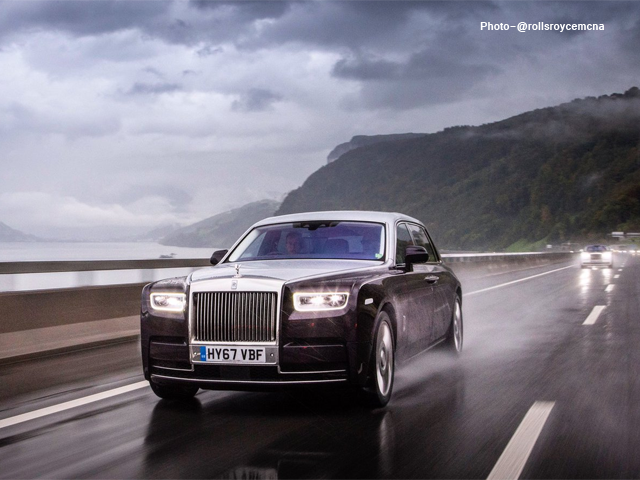Born in 1904, Rolls-Royce split its activity in 1973 by creating Rolls-Royce Motors for the production of cars and Rolls-Royce plc for the motorization of planes and boats in 1998, Rolls-Royce Motors was bought by BMW and became Rolls-Royce Motors Cars.
Arrived in January 2023, the new CEO of Rolls-Royce plc, Turfan Erginbilgic, paints a bleak picture of the company, which according to him has its back to the wall due to high costs and performance less good than its competitors. This analysis, which was taken up in an article in the Financial Times, was shared with the group’s employees. Turfan Erginbilgic says that with each investment made, the company destroys value, and he believes that Rolls-Royce is suffering from financial underperformance compared to its competitors. The former BP executive likens the company to a burning platform that needs to find ways to get out of the situation it is in.
He said that Rolls-Royce has not been performing well for a very long time, that the Covid-19 pandemic is not one of the reasons for the current situation, and concluded by saying that after discussions with investors, this is the last chance to turn the company around. If the Covid-19 pandemic did not cause the crisis at Rolls-Royce, it accelerated it, as the production of aircraft turbines represents 40% of the group’s activity. At the height of the pandemic, aircraft were no longer flying, and international flights, particularly to China, which account for a quarter of the flights operated by Rolls-Royce engines, were halted for three years and have just resumed. An engine manufacturer is paid when aircraft are flying, and the company loses revenue when its engines are grounded. However, the problem of low profit margins dates back to before the pandemic, and analysts consider them to be often lower than those of its main competitor in the civil aviation sector, General Electric.
The observation, already shared by Turfan Erginbilgic’s predecessor, Warren East, is that costs are high. Under his leadership, 9,000 people were made redundant in order to reduce costs by £1.3 billion and he faced losses of nearly £4 billion in 2020. At BP, Turfan Erginbilgic had succeeded in significantly reducing the cost of operations, a task for which he was also commissioned at Rolls-Royce. The two directions he gave to employees during his speech were that of a transformation program and that of efficiency and optimization. JPMorgan analyst David Perry believes that the speech serves to prepare investors for further restructuring or measures to improve the balance sheet. The analyst believes the pain will be necessary in the short term to achieve a long-term gain.



Comment here